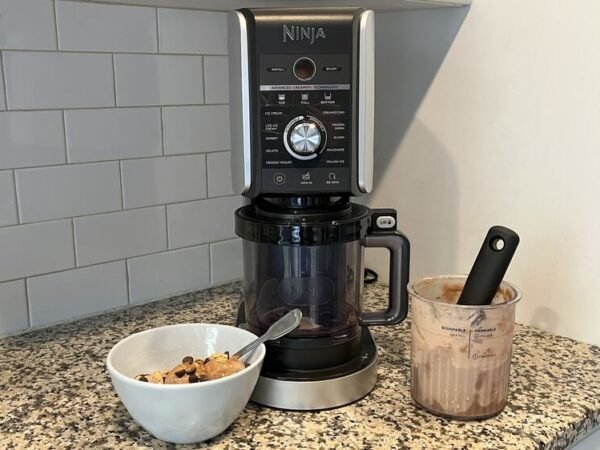What Is Tartrazine?
Tartrazine, commonly known as FD&C Yellow No. 5, is a synthetic food coloring agent widely used in the food and beverage industry. Its vibrant yellow hue adds visual appeal to various products, from candies and beverages to baked goods and condiments. Despite its extensive application, tartrazine has sparked debates regarding its safety and impact on health, making it a subject of interest for consumers and manufacturers alike.
Tartrazine Overview
Tartrazine is an azo dye, a synthetic dye characterized by nitrogen-nitrogen double bonds. It dissolves easily in water and is valued for producing a consistent yellow color at relatively low concentrations.
Approved by regulatory bodies such as the FDA, tartrazine is classified as a permitted food additive. Its use, however, is regulated, and manufacturers must adhere to specific limits to ensure consumer safety.
Applications of Tartrazine
Tartrazine is versatile and used in a variety of products, including:
Food and Beverages
Found in candies, soft drinks, sauces, and desserts to enhance their visual appeal.
Pharmaceuticals
Used to color pills, syrups, and capsules for easy identification.
Cosmetics
Included in products like lotions and shampoos for aesthetic purposes.
Benefits of Using Tartrazine
- Cost-Effectiveness: As a synthetic dye, it is more affordable than natural alternatives.
- Stability: Tartrazine maintains its color intensity under various processing conditions, including heat and light.
- Consistency: Provides uniform coloring, ensuring the final product looks appealing to consumers.
Safety and Regulations
While tartrazine is approved for use in many countries, its safety has been the focus of extensive research. Concerns have primarily revolved around the following:
Allergic Reactions
Some individuals may experience hypersensitivity to tartrazine, leading to symptoms like hives or asthma.
Behavioral Effects
Studies have suggested a potential link between artificial food colors, including tartrazine, and hyperactivity in children, although findings remain inconclusive.
Labeling Requirements
Many regulatory authorities, including the European Union, require manufacturers to disclose tartrazine on product labels, allowing consumers to make informed choices.
Natural Alternatives to Tartrazine
In response to growing consumer demand for clean-label products, manufacturers are exploring natural alternatives to tartrazine, such as:
Turmeric Extract (Curcumin)
Offers a similar yellow color with added health benefits.
Saffron
A premium option for imparting a golden hue, though its cost limits widespread use.
Annatto
Derived from the seeds of the achiote tree, it provides a vibrant yellow-orange shade.
While these alternatives align with consumer preferences, they often come with challenges like higher costs, limited availability, and lower stability than synthetic dyes.
The Future of Tartrazine
Tartrazine food color will likely remain prevalent, particularly in markets where cost efficiency and stability are critical. However, as consumer preferences shift toward natural and minimally processed foods, manufacturers may gradually reduce reliance on synthetic dyes in favor of natural options.
Research and development efforts also focus on improving synthetic colors’ safety profile, developing better natural substitutes, and creating innovative solutions to meet diverse market needs.
Conclusion
Tartrazine continues to be a widely used food color due to its affordability, effectiveness, and versatility. While concerns about its safety persist, regulatory guidelines and transparent labeling practices empower consumers to make informed decisions. As the food industry evolves, the balance between cost, performance, and consumer preference will shape the future of tartrazine and other food colors.
Also Read interesting articles at Disboard.co.uk













